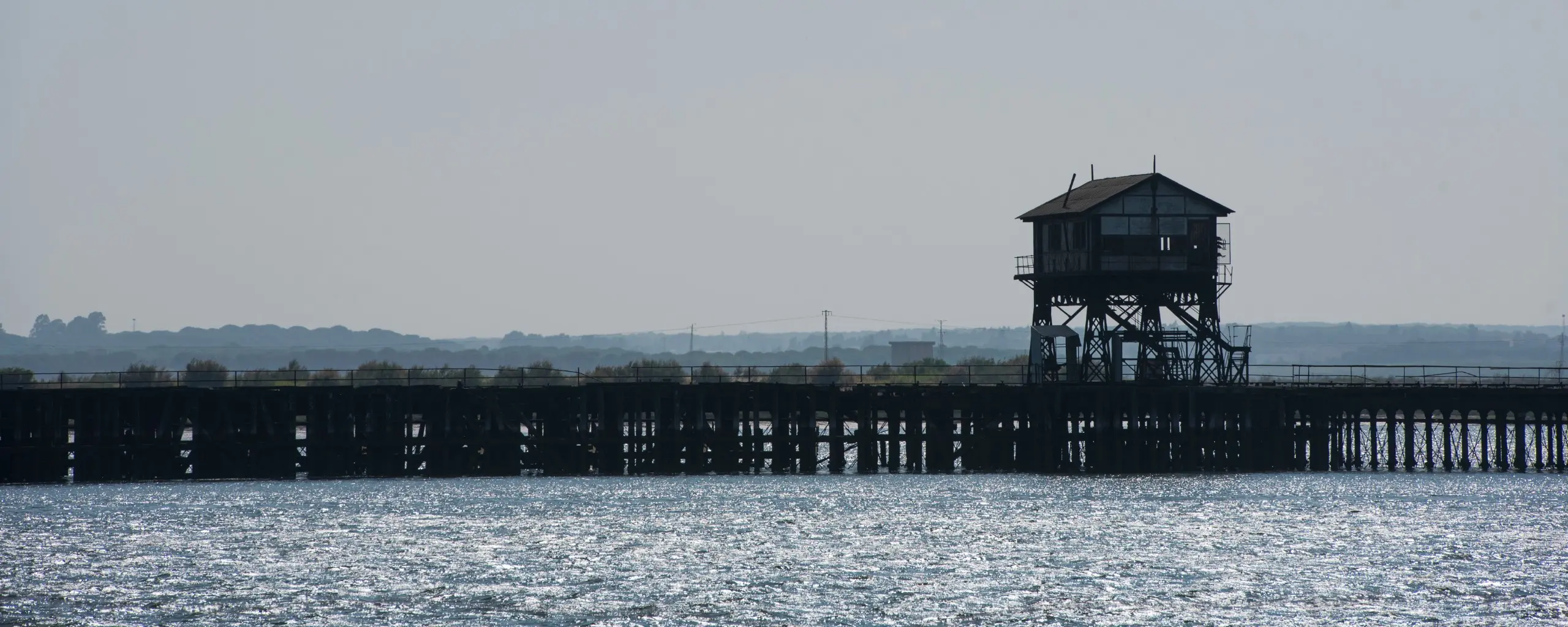The Tharsis Pier is an enormously symbolic element for the city of Huelva, due to its link with its recent history and exponent of its economic and social evolution. From the technical and scientific point of view, this pier is a good example of the design and technology of the European vanguard of the late nineteenth century in civil engineering, constituting a specialized and unique element within the port area on a national scale.

The Tharsis Sulphur and Cooper Company Limited Ernest Deligny commissioned in 1866 to the engineers William Moore and James Pring the construction of a wharf pier, to be built in the Odiel estuary, in front of the city of Huelva. The facility was inaugurated in February 1871. The structure of the pier was supported, along 873 meters, on cast iron piles, with rotating platforms for the wagons and cranes that could load 2500 tons per day. The pier allowed the berthing of three or four ships simultaneously.
In 1915, another Scottish engineer, Sir William Arrol, was chosen by the company to build a new wharf, an extension of the old one, for which he built a new branch that started 300 meters from the end of the existing one, bifurcating, the new one being destined to the loading of minerals and the old one remaining for merchandise.
The wharf would be closed in 1992, beginning a slow process of deterioration and progressive scrapping until it was declared an Asset of Cultural Interest in 1996. Despite already enjoying this protection, the facilities were seriously damaged in a fire declared in 2003.
The Tharsis Pier is located in the heart of the Huelva estuary next to the mining town of Corrales, within the municipality of Aljaraque.
It is not currently open to visitors, but its characteristic silhouette can be seen from the bridge-siphon that connects Huelva with Corrales.
Don’t miss it!